Zeiss Ikon Ikonta 520
Made in 1937, Ikonta 520 is a 6x4.5 medium format camera sharing the same body as the Nettar 515. (One nice thing about Zeiss Ikon is you can easily date a lens, and by extension the camera by the serial number on the lens)
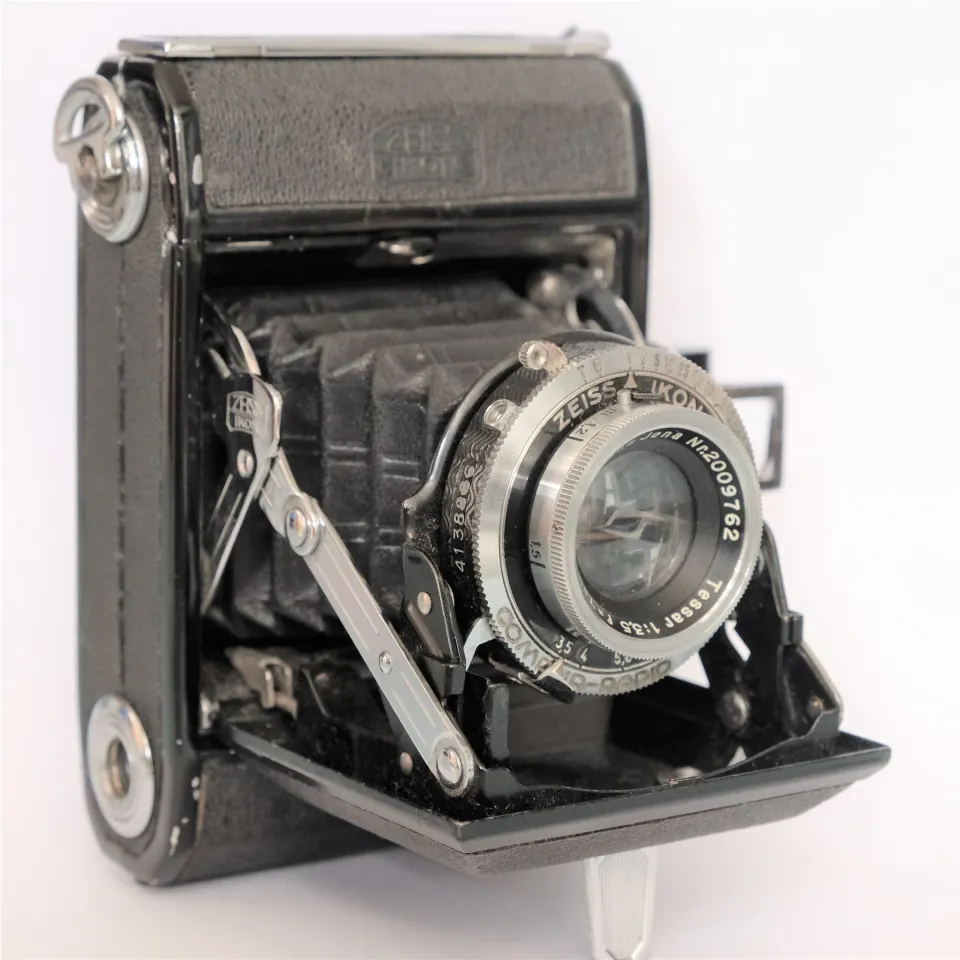
The camera is compact and simple by today's medium format standard. Perhaps because of its simplicity, the Japanese had made tons of clones such as the Semi Leotax—with an inferior Cooke triplet instead of Tessar lens.
Again, this camera is simple. Consider it a box with lens because there's no fancy features such as rangefinder or double exposure lock. All you need to produce medium format photos are packed into a compact foldable package.
There is a even smaller version Ikonta 520/18 (Baby Ikonta) that produces 3x4 cm images on 127 film. I would have opted for that one if 127 film was still somewhat alive like 110 film.
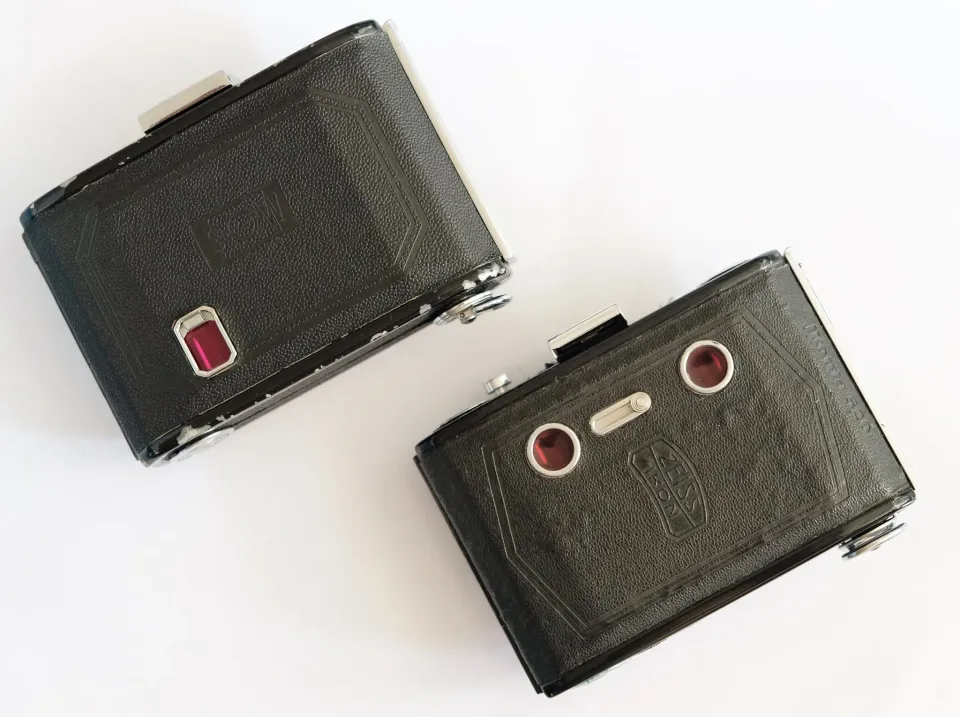
You can see the history in this copy of Ikonta 520 where there are 2 red windows for frame counter markings. In the 1930s, 6x4.5 format hasn't been made mainstream and thus paper backing of roll films of the time did not have frame count number for 6x4.5 format. Because 6x4.5 is precisely half the size of a 6x9 frame, frame number for 6x9 format is used to indicate frame position here. Roll the frame to one window, shoot, roll to the next window, shoot another.
Caveat emptor, quia ignorare non debuit quod jus alienum emit. (Latin: "Let a purchaser beware, for he ought not to be ignorant of the nature of the property which he is buying from another party.")
My copy of the camera was bought in the Japanese 2nd hand goods trading site Mercari. Typical to many Japanese sellers, they'll downplay or omit to mention the flaws, or claim they know nothing about camera so it's untested. While there are some good deals and good number of supplies on the Japanese 2nd hand camera market, the darkness goes deep.
Some warning signs include:
- NC/NR (No clain, no return)
- Anything with the word "Seems"
- Demand understanding for being "2nd handed good"
- Beautiful appearance (doesn't guarantee function!)
- See photo for condition
- Untested
These are probably true for eBay or any other online auction sites, but anything the seller fail to mention on the site and any flaw downplayed or "seem" to work will end up against you all the time. Assume the worst.
Also, generally when we purchase from overseas via proxy such as Buyee, there isn't much that can be done to address issues with ambiguous Japanese claims. Not even leaving contacting the seller or leaving a negative reviews.
Why did I spend 3 paragraphs talking about the pitfall of online camera shopping?
There seems to be no mechanical problem
Despite what the seller claimed, the shutter of this copy is locked at 1/200~1/250s 1/100s (Update 2023-07-30: tested on a DIY shutter speed tester) and is sticky at B. T opens up the shutter but refuse to close. The dent at the bottom makes film loading difficult but otherwise the camera is functional.
Seller omitted to mention the dent at the bottom and outright lying about mechanical problem, or at least put their false claim under the behind the facade of the word "seems".
OK, my bad for the most part really. Bookmark Ken Rockwell's How to Win at eBay: Reading a Listing , and John's Sources of Old Cameras and read every time before buying anything.
I am not yet confident enough to open up and fix a shutter. Nothing I can do about the Compur-Rapid shutter stuck at 1/250 1/100 (Update 2023-07-30: ditto)…well not mechanically.
By the Sunny 16 rule, to shoot under bright daylight, a combination of ISO 100 film, f/16 aperture and 1/100s shutter speed can be used. 1/250s is about 1 stop faster, which can be compensated by stepping up aperture to f/11. Or, simply use a ISO 200 film to compensate so aperture can stay at f/16. To cover cloudy or heavily overcast day, step the apreture up to f/5.6 or even f/3.5, which is the maximum for this camera. (Update 2023-07-30) On cloudy or heavily overcast day, stepping the aperture up to f/5.6 or f/3.5 should probably cover it. I have yet to try though. It's perhaps best to overexpose just in case.
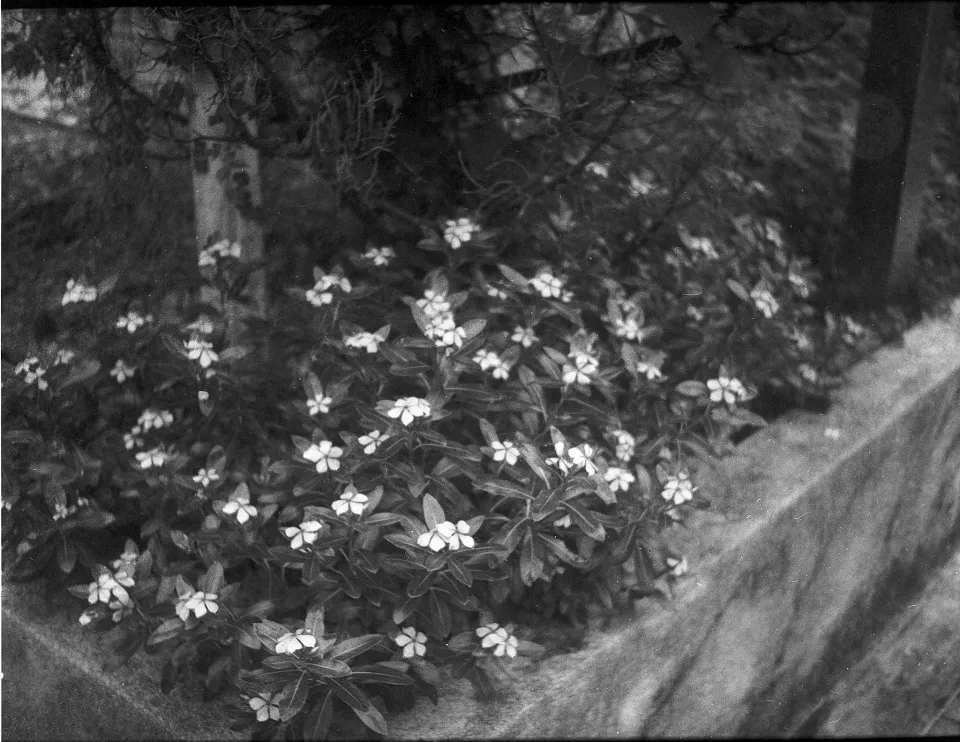
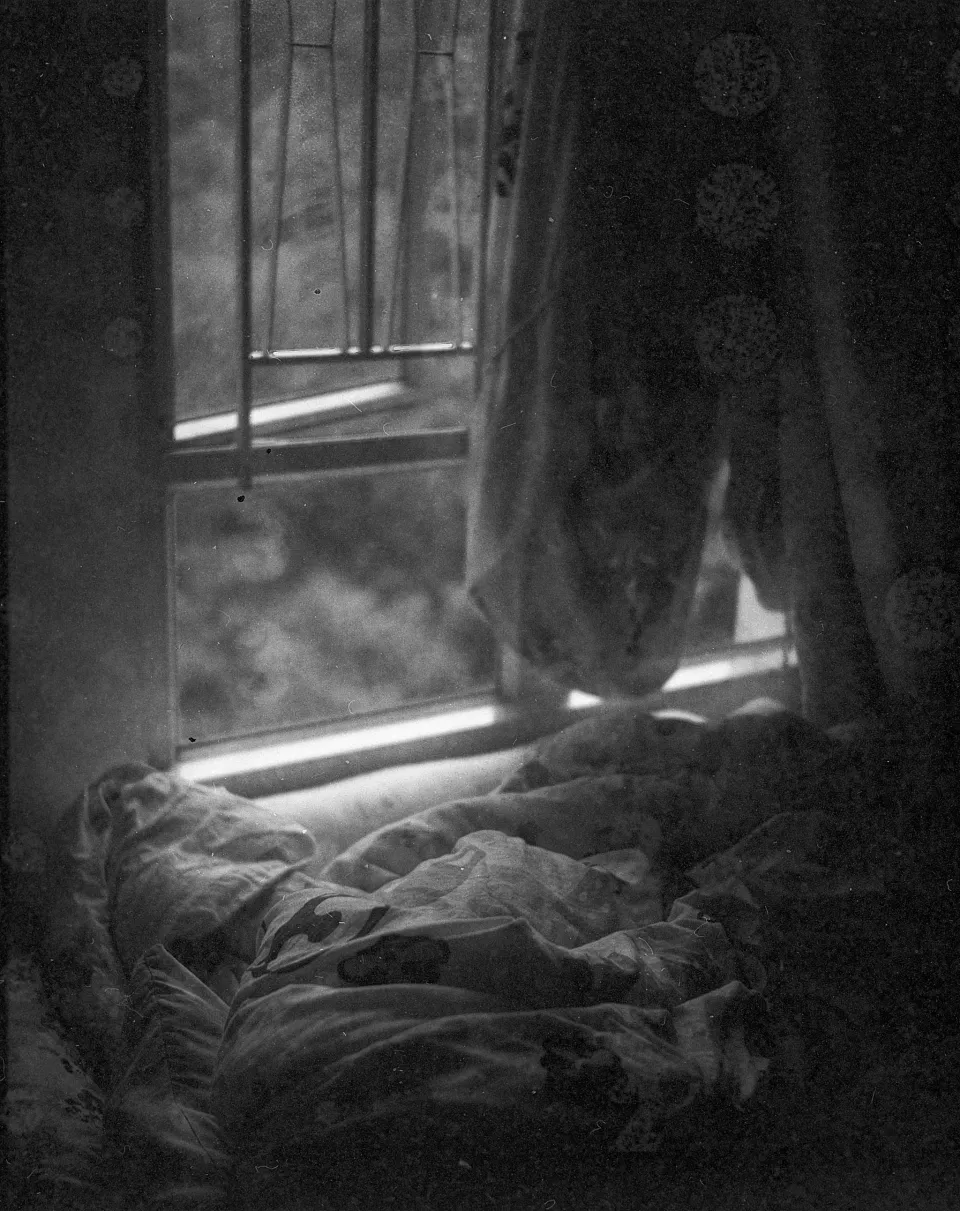
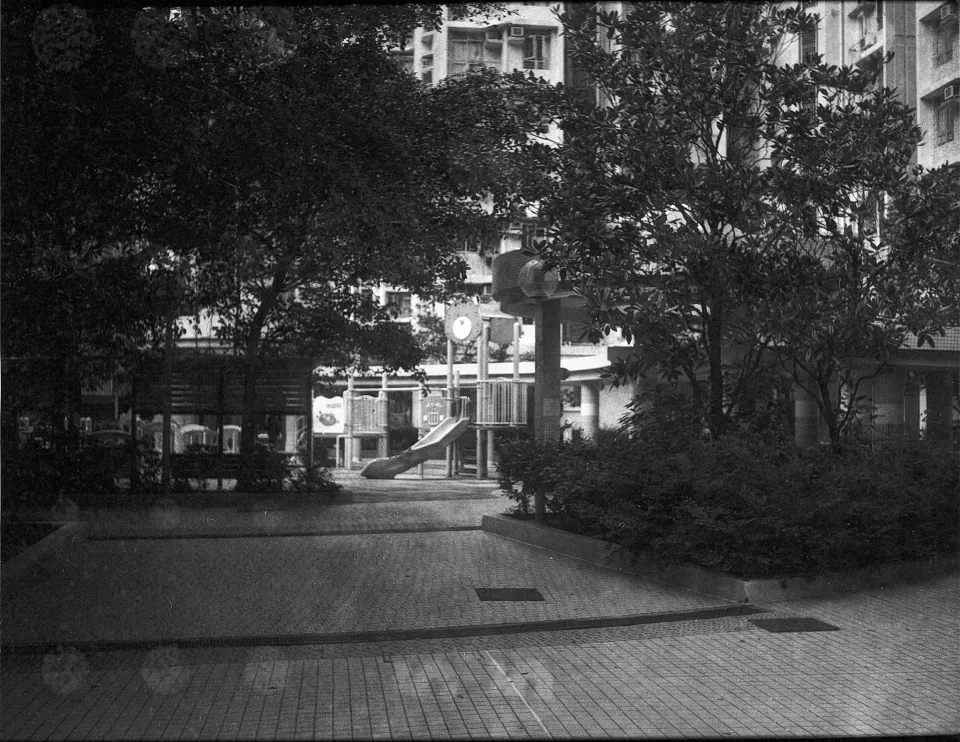
I didn't want to use good film to test this camera, the mottling on the film is due to buying some poor quality expired Fomapan. Compared to what happened to Semi Leotax, these images at least come out ok. The inks of dark circles and frame numbers on backing paper are transferred to the emulsion. I got the film for cheap and developed it myself so loss was acceptable.
Observe the bokeh on the above shots, it falls off nicely from the sharpest spot of the image—rather important because this camera can only shoot at high shutter speed, usually forcing me to open up the aperture.
Another issue with open aperture is focusing. This camera doesn't have a rangefinder and its performance too low for me to care enough to bring the trusty rangefinder card. Therefore, failure to guess the focus caused some of the shots to come out overly blurry. At least motion blur is highly unlikely…
